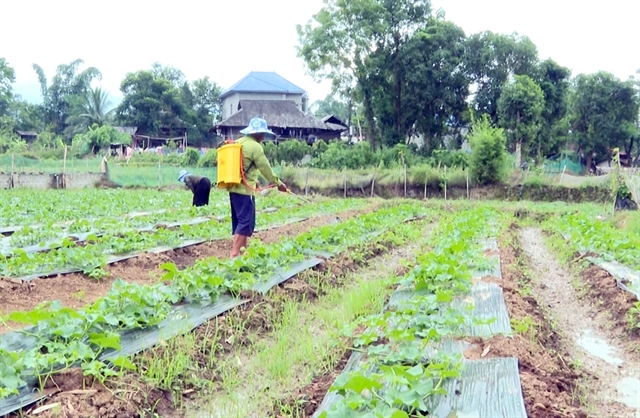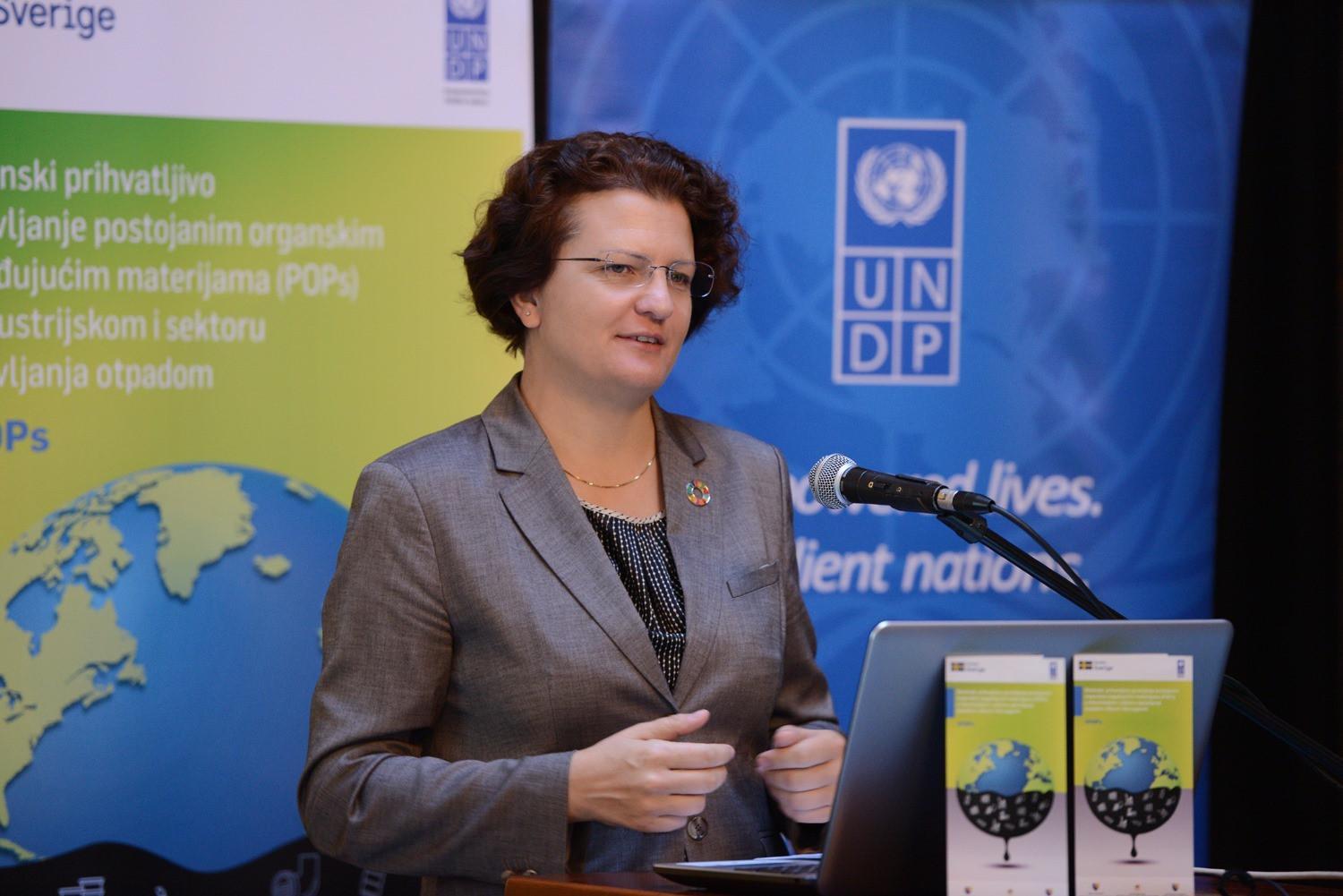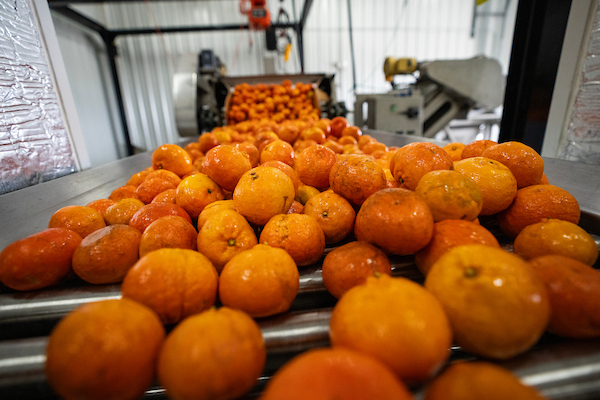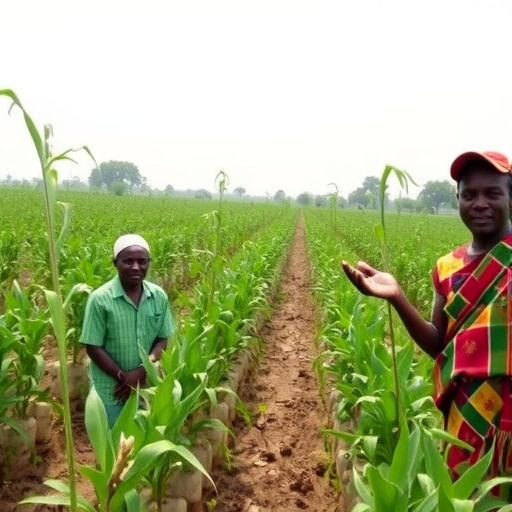Algorithm-Based Strategy Shows Promise in Reducing Urban Poverty – Rutgers University

Advancing Sustainable Development Goals Through AI-Enhanced Poverty Targeting
Introduction: Addressing SDG 1 and SDG 10 in Crisis Response
In the wake of global shocks such as the COVID-19 pandemic, conventional aid distribution systems have failed to identify and support vulnerable households effectively, directly challenging the core Sustainable Development Goal (SDG) principle of “leaving no one behind.” A new report published in Sustainable Cities and Society details an innovative, human-centered approach to poverty prediction developed by a team led by Woojin Jung of Rutgers University. This method leverages artificial intelligence (AI) to advance key SDGs, particularly SDG 1 (No Poverty) and SDG 10 (Reduced Inequalities), by ensuring aid is targeted with greater speed, scale, and fairness in complex urban environments.
A Human-Centered, Data-Driven Methodology
The research team developed a novel strategy that integrates multiple data sources to create a comprehensive understanding of urban poverty. The methodology was tested in Lusaka, Zambia, one of southern Africa’s fastest-growing urban centers, aligning with the focus of SDG 11 (Sustainable Cities and Communities).
- Community-Informed Data Collection: A survey of 300 households gathered not only standard wealth indicators but also qualitative, open-ended responses from residents about their perceptions of wealth and poverty within their community.
- Identification of Key Themes: Community insights revealed that access to public services (healthcare, electricity), personal living standards (car ownership, indoor plumbing), and neighborhood structure were critical local indicators of poverty.
- Geo-Spatial Data Integration: These community-identified themes were linked to measurable conditions using publicly available geo-spatial tools, including high-resolution satellite imagery and luminosity maps.
- AI-Powered Predictive Modeling: Artificial intelligence and machine learning were used to train hybrid models that combined household-level survey data with community-informed geo-spatial features to predict poverty at the individual household level.
Key Findings and Contributions to the 2030 Agenda
The study’s results demonstrate a significant improvement over traditional poverty targeting methods and offer a scalable model for achieving multiple SDGs.
- Enhanced Targeting for SDG 1 (No Poverty): The hybrid models that combined household data with community-informed insights reduced aid targeting errors in simulations by as much as 26%, ensuring resources are more effectively directed to those most in need.
- Addressing SDG 2 (Zero Hunger): The models successfully predict not only wealth but also food consumption and nutritional outcomes, a notoriously difficult task. This capability is critical for identifying and alleviating food insecurity and malnutrition. The project’s collaboration with the Zambian government to refine agricultural input assistance further supports this goal.
- Promoting SDG 10 (Reduced Inequalities): By accurately identifying households facing multiple deprivations—even when using only geo-spatial features—the approach helps to mitigate the uneven distribution of poverty within cities and ensures aid reaches marginalized groups.
- Fostering Partnerships for the Goals (SDG 17): The project is a successful example of a multi-stakeholder partnership, involving collaboration between Rutgers University, the University of Bordeaux, Istanbul Technical University, and the Zambian government to build more efficient national social safety-net systems.
Conclusion: A People-First Framework for Sustainable Development
This research underscores the critical importance of engaging beneficiaries in the development of aid-delivery strategies. As governments and non-governmental organizations increasingly turn to AI, this human-centered model provides a blueprint for ensuring that technology serves the ultimate goal of sustainable development. By integrating community knowledge with advanced data analytics, this approach not only improves the efficiency of aid but also builds trust and ensures that vulnerable populations are an integral part of the solution, thereby advancing the entire 2030 Agenda.
Analysis of the Article in Relation to Sustainable Development Goals
1. Which SDGs are addressed or connected to the issues highlighted in the article?
The article addresses several Sustainable Development Goals (SDGs) through its focus on developing a new methodology to identify and assist vulnerable urban populations. The primary SDGs connected to the article’s content are:
- SDG 1: No Poverty: The core theme of the article is the development of a more accurate method to predict and target urban poverty, aiming to ensure aid reaches the most vulnerable households.
- SDG 2: Zero Hunger: The research explicitly aims to predict “food consumption and nutritional outcomes” and uses indicators like the frequency of eating “iron-rich food” to assess deprivation. The project in Zambia will also help refine “agricultural input assistance” for vulnerable farmers.
- SDG 11: Sustainable Cities and Communities: The study is specifically focused on “urban poverty” in “urban settings,” using Lusaka, a rapidly growing city, as its case study. It addresses the uneven nature of poverty in cities where access to services can vary from one street to the next.
- SDG 9: Industry, Innovation, and Infrastructure: The methodology relies heavily on technological innovation, using “artificial intelligence (AI),” “machine learning,” “satellite images,” and “luminosity maps” to improve poverty prediction models. It also touches upon infrastructure through community-identified indicators like “availability of public services such as health care and electricity” and “indoor plumbing.”
- SDG 17: Partnerships for the Goals: The project is a collaborative effort involving researchers from Rutgers University, the University of Bordeaux, and Istanbul Technical University, working directly with the “Zambian government.” This multi-stakeholder partnership is crucial for implementing the findings and building “national social safety-net systems.”
2. What specific targets under those SDGs can be identified based on the article’s content?
Based on the article’s discussion of poverty, hunger, urban challenges, and technological solutions, several specific SDG targets can be identified:
- Target 1.2: By 2030, reduce at least by half the proportion of men, women and children of all ages living in poverty in all its dimensions. The article’s primary goal is to create a method that “identify[s] vulnerable households at speed and scale,” which is a direct enabler for poverty reduction programs.
- Target 1.3: Implement nationally appropriate social protection systems and measures for all. The research aims to help build more “efficient national social safety-net systems” by improving aid targeting and reducing errors.
- Target 2.1: By 2030, end hunger and ensure access by all people, in particular the poor and people in vulnerable situations, to safe, nutritious and sufficient food. The model’s ability to predict “food consumption and nutritional outcomes” and inform “agricultural input assistance” directly supports this target.
- Target 11.1: By 2030, ensure access for all to adequate, safe and affordable housing and basic services. The research identifies a lack of basic services, such as “electricity” and “indoor plumbing,” as key indicators of urban poverty, and the methodology helps pinpoint households deprived of these services.
- Target 17.18: By 2020, enhance capacity-building support to developing countries… to increase significantly the availability of high-quality, timely and reliable data disaggregated by… geographic location. The new method generates poverty data at the “level of individual households,” a significant increase in data resolution compared to traditional “small area” scale analysis.
3. Are there any indicators mentioned or implied in the article that can be used to measure progress towards the identified targets?
Yes, the article mentions and implies several indicators that are used within the research to measure poverty and deprivation, which can be used to track progress towards the identified targets:
- Household Wealth Indicators: The article mentions using conventional “wealth indicator questions, such as ownership of appliances,” as a baseline measure of economic status.
- Nutritional Indicators: The survey asks how often respondents “eat iron-rich food,” which serves as a direct indicator of nutritional outcomes and food security.
- Access to Public Services: Community perceptions highlighted the “availability of public services such as health care and electricity” as a key characteristic of wealth or poverty in a neighborhood.
- Living Standards Indicators: The article notes that “personal living standards (car ownership, indoor plumbing)” were identified by the community as important measures of well-being.
- Geo-spatial Indicators: The methodology uses “high-resolution geo-spatial features,” including “satellite images and luminosity maps,” to link physical, measurable conditions to poverty levels.
- Aid Delivery Efficiency: A key metric for the success of the model is the reduction of “targeting errors in simulated aid delivery – by as much as 26%,” which measures the efficiency and effectiveness of social safety nets.
4. Summary Table of SDGs, Targets, and Indicators
| SDGs | Targets | Indicators |
|---|---|---|
| SDG 1: No Poverty | 1.2: Reduce poverty in all its dimensions. 1.3: Implement social protection systems. |
– Household wealth (e.g., ownership of appliances). – Reduction in aid targeting errors. – Identification of households facing multiple deprivations. |
| SDG 2: Zero Hunger | 2.1: End hunger and ensure access to safe, nutritious food. | – Frequency of consumption of iron-rich food. – Prediction of food consumption and nutritional outcomes. |
| SDG 9: Industry, Innovation, and Infrastructure | 9.1: Develop quality, reliable, sustainable and resilient infrastructure. | – Use of AI, machine learning, and satellite imagery. – Access to electricity and indoor plumbing. |
| SDG 11: Sustainable Cities and Communities | 11.1: Ensure access for all to adequate housing and basic services. | – Access to public services (health care, electricity). – Data on poverty at the individual household level in urban settings. |
| SDG 17: Partnerships for the Goals | 17.18: Increase the availability of high-quality, timely and reliable disaggregated data. | – Collaboration between universities and the Zambian government. – Generation of disaggregated, household-level poverty data. |
Source: rutgers.edu
What is Your Reaction?
 Like
0
Like
0
 Dislike
0
Dislike
0
 Love
0
Love
0
 Funny
0
Funny
0
 Angry
0
Angry
0
 Sad
0
Sad
0
 Wow
0
Wow
0












































































